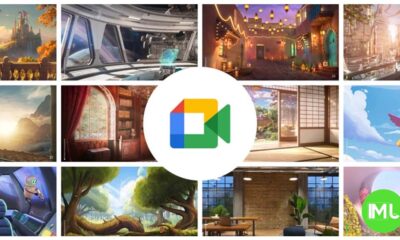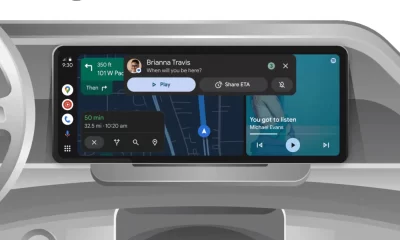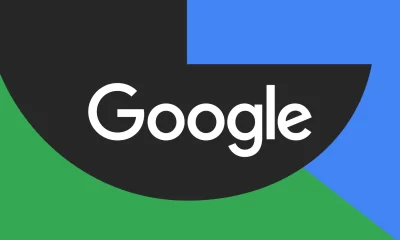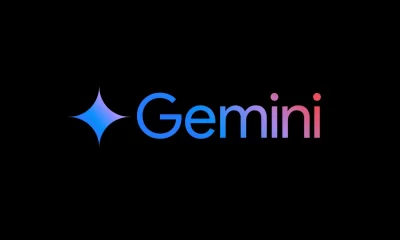Android
Streamlining the Pixel Launcher: A potential shift in widget management
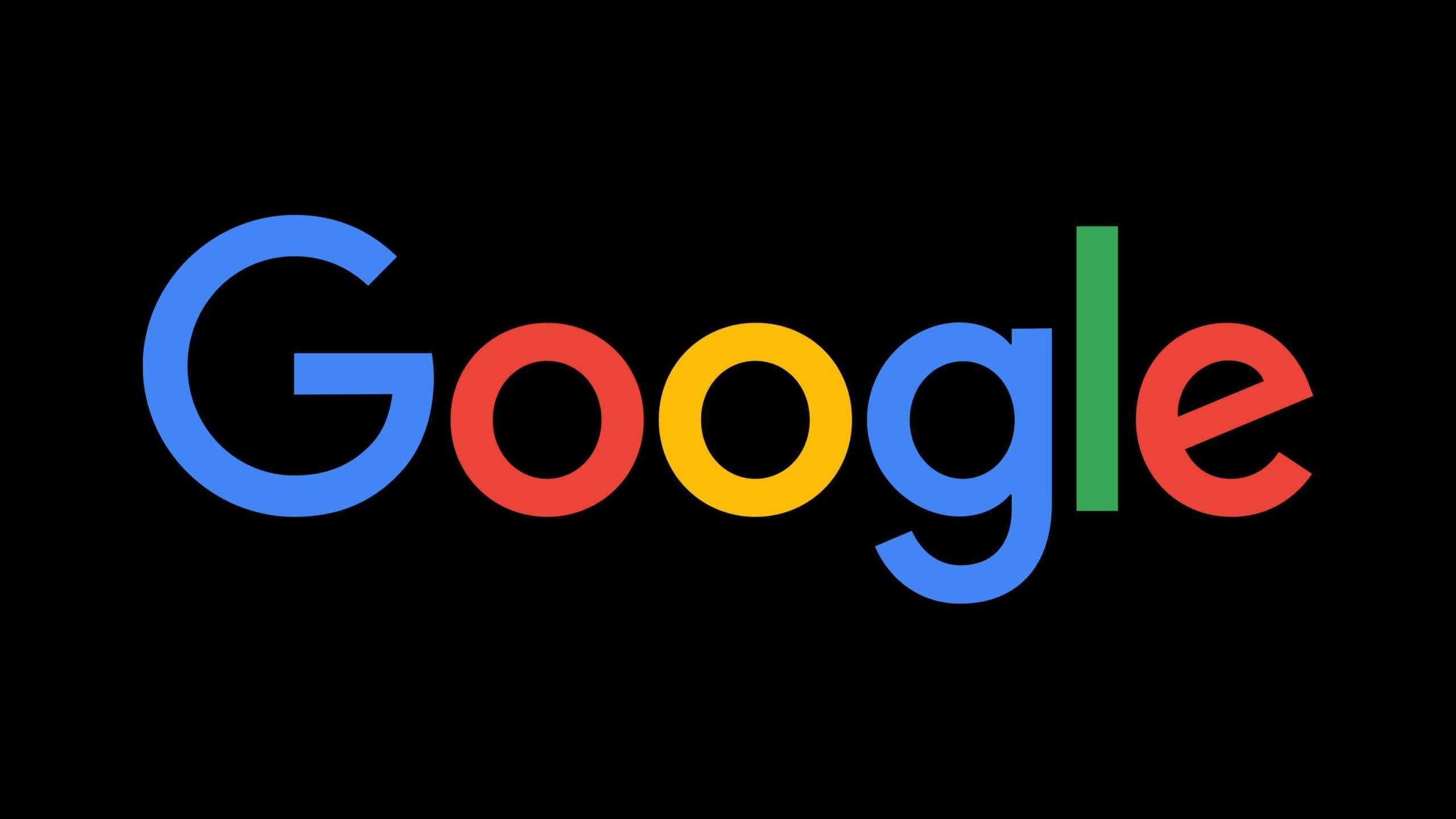
The Android ecosystem thrives on customization, and widgets play a vital role in personalizing our home screens. From quick glances at weather updates to controlling music playback, widgets offer convenient access to app functionalities. However, the sheer abundance of widgets can sometimes feel overwhelming. Google seems to be addressing this with a potential update to the Pixel Launcher, introducing a more streamlined approach to widget management.
Recent explorations into the Android 16 developer preview have unearthed intriguing clues about a possible redesign of the Pixel Launcher’s widget selection process. Hidden within the launcher’s code are strings of text that hint at a significant change: a new button designed to “show all widgets.” Currently, the Pixel Launcher presents all available widgets in a single, comprehensive list. The addition of this button suggests a shift towards a more curated experience.
This isn’t just speculation based on text strings. Deep dives into the Pixel Launcher’s code have revealed a flag for a feature internally dubbed “tiered widgets.” This feature appears to be the driving force behind the change, filtering the initial widget list and introducing the “show all” button. Imagine opening the widget drawer and instead of being confronted with a wall of options, you see a more concise selection. This is the direction Google seems to be heading.
While this “tiered widgets” feature is present in both the Android 16 Developer Preview 2 and the Android 15 QPR2 Beta 2, it isn’t currently active. This means the widget list remains unchanged in these versions. Attempts to manually activate the feature have so far been unsuccessful, meaning we don’t yet have visual confirmation of how this new system will look. However, we can make some educated guesses based on recent changes to the Pixel Launcher.
With the Android 15 update, Google introduced widget recommendations, a feature that reserves space at the top of the widget list for system-suggested widgets categorized by type, such as “Social” or “Entertainment.” This suggests that the new default view might primarily showcase these recommended widgets, requiring users to tap the “show all” button to access the full catalog. This would create a cleaner, less cluttered initial experience, guiding users towards potentially relevant widgets while still providing access to the full range of options.
This potential change raises some interesting questions. How will Google determine which widgets are recommended? Will the algorithm be transparent, offering developers insights into the selection process? These are important considerations. A lack of transparency could lead to concerns about fairness and discoverability for smaller app developers. Ideally, Google would provide clear guidelines and perhaps even tools for developers to optimize their widgets for recommendations.
While this tiered system holds promise, alternative approaches exist. Some Android interfaces, like Nothing OS 3.0, employ a two-page, swipe-based widget list. This approach offers a different way to organize and present widgets, potentially offering a more intuitive browsing experience for some users. Whether Google has considered such alternatives remains to be seen.
It’s crucial to remember that this feature is still under development. Google could make significant changes before its official release. The current implementation, or lack thereof, in the developer previews doesn’t necessarily reflect the final product. However, the evidence suggests a clear intention to refine the widget experience on Pixel devices.
This potential shift towards a more curated and streamlined approach could significantly improve how users discover and interact with widgets, making the Android home screen even more personalized and efficient. We await further developments with anticipation, hoping for a system that balances simplicity with the rich customization that Android is known for.
Android
Easy ways to change Android Auto’s look with light and dark themes
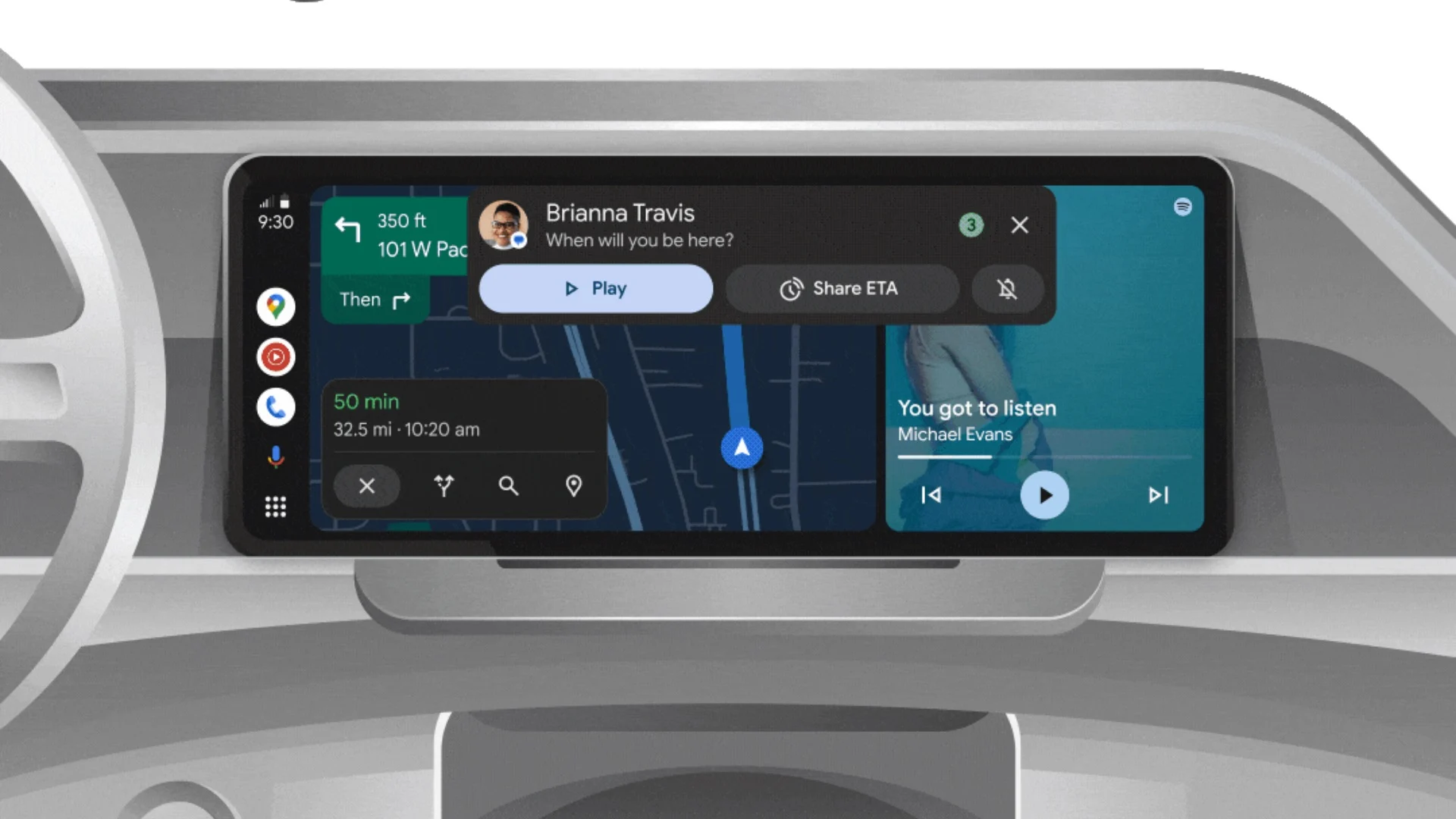
Android Auto is a helpful tool that lets you use your phone’s apps safely while driving. It connects your phone to your car’s screen, making it easier to use maps, music, and calls. One of the features many people like is the ability to change how Android Auto looks by switching between light and dark themes.
How to switch between light and dark themes
Android Auto offers two main themes: light and dark. The light theme uses brighter colors, which can make the screen easier to see during the day. The dark theme uses darker colors, which can be more comfortable for your eyes at night or in low light.
To change the theme, follow these steps:
- Open the Android Auto app on your phone.
- Go to the settings menu.
- Find the “Theme” option.
- Choose between “Light,” “Dark,” or “Set by car” (this lets your car decide the theme based on the time of day or your car’s settings).
Why themes matter
Using the right theme can make driving safer and more comfortable. The light theme is good for bright days, while the dark theme helps reduce glare at night. Having these options means you can pick what works best for you, making Android Auto easier to use in any condition.
In short, Android Auto’s theme options are simple to use and help you drive more safely by making the screen easy to see, no matter the time of day.
Android
Google’s New Updates: Gemini 2.5 Pro, Android 16 features, and Messages change
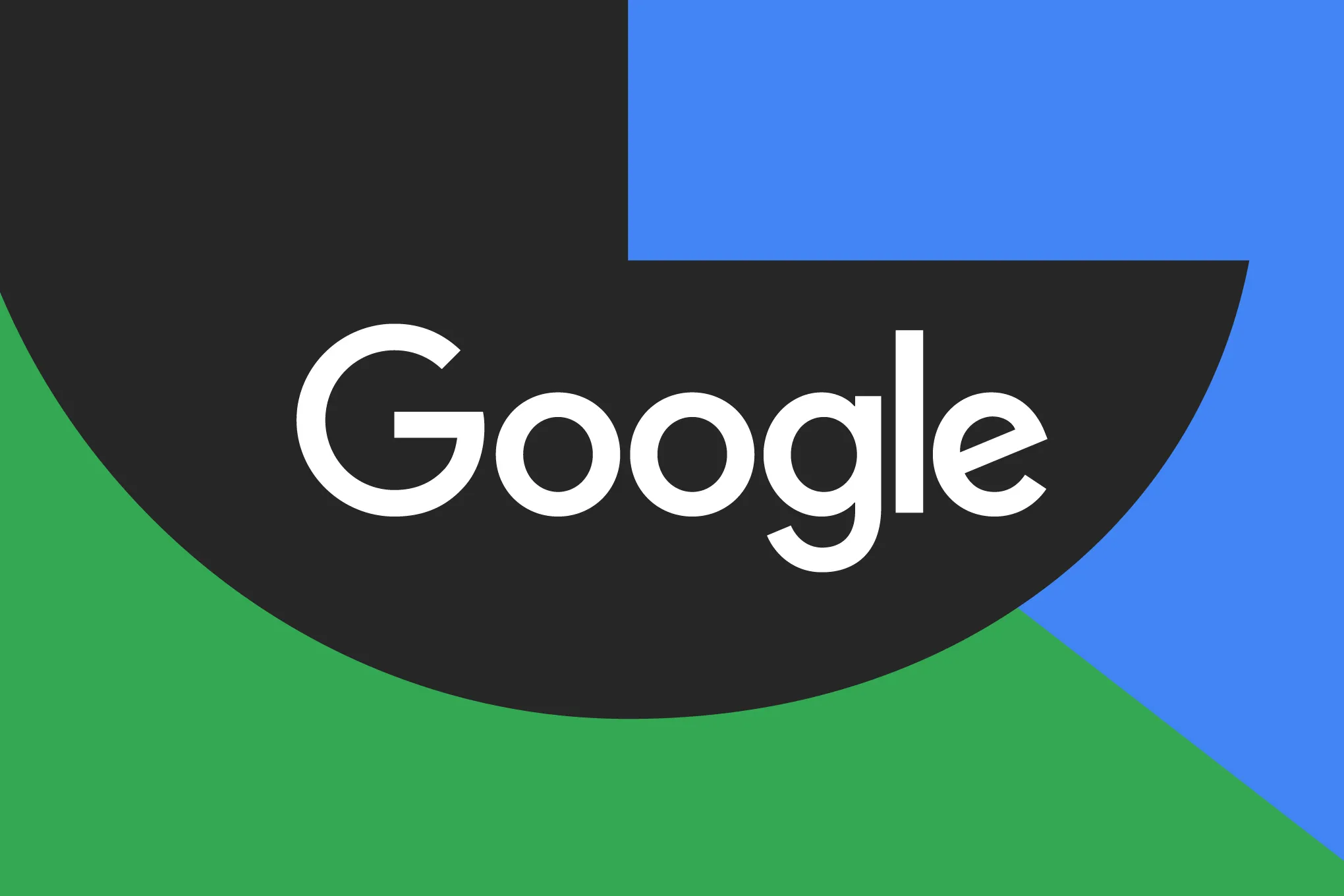
Google has just rolled out some exciting updates across its services and apps. Here’s a simple breakdown of what’s new and what it means for you.
Gemini 2.5 Pro is here
Google has launched Gemini 2.5 Pro, the latest version of its AI model. This upgrade brings smarter and faster responses, making it easier for users to get helpful answers. Gemini 2.5 Pro is now available in Google’s AI Studio and Vertex AI, so developers can build even better tools and apps using this technology.
Android 16 brings more customization
Android 16 is adding new ways to personalize your phone. One of the standout features is the ability to hide the clock on your lock screen, giving you a cleaner look if you want it. This is part of Google’s push to let users make their phones feel more unique. There’s also a new animation for the power button, making the experience smoother and more modern when you turn your phone on or off.
Google Messages removes the unsubscribe button
If you use Google Messages, you might notice that the “Unsubscribe” button is gone from some business messages. Google has removed this feature, so users now have to find other ways to stop unwanted texts. This change might make it a bit harder to manage spam, but Google hasn’t said why the option was removed.
What does this mean for you
These updates show that Google is focused on making its products smarter and more personal. Whether you’re using AI tools, customizing your phone, or managing your messages, you’ll see some changes that aim to improve your experience.
Android
Here’s what’s new with Google Keep and Android Automotive apps

Google Keep is getting a fresh look with the new Material You design, making it more colorful and easier to use on Wear OS smartwatches. The update brings bigger buttons and clearer text, so you can quickly jot down notes or check your lists right from your wrist. This makes Google Keep more handy when you’re on the go and don’t want to pull out your phone.
On another front, Android Automotive is improving how apps show information while you drive. Instead of opening full apps, you’ll see simple cards on your car’s screen that give you important details at a glance.
These cards help keep your focus on the road by showing things like music controls, navigation updates, or reminders without distractions. This new card system is designed to work smoothly with apps like media players and navigation tools, making your driving experience safer and more convenient.
Together, these updates show Google’s effort to make its apps smarter and easier to use in everyday life, whether you’re walking around with your smartwatch or driving your car. The focus is on clear, simple designs that help you get things done quickly without hassle.
In short, Google Keep’s new look on Wear OS and the smart cards in Android Automotive are small but useful changes that make tech fit better into your daily routine.
-
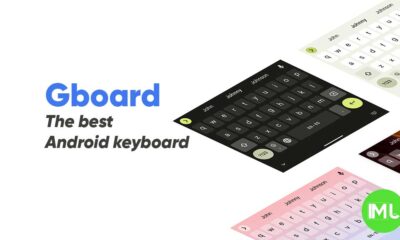
 Apps1 year ago
Apps1 year agoGboard Proofread feature will support selected text
-
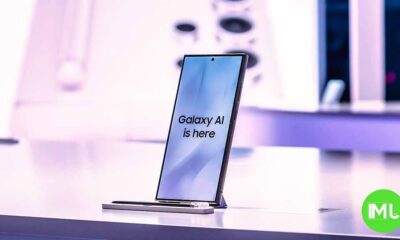
 News1 year ago
News1 year agoSamsung USA crafting One UI 6.1.1
-

 Apps1 year ago
Apps1 year agoGoogle Contacts app testing new Besties Widget
-
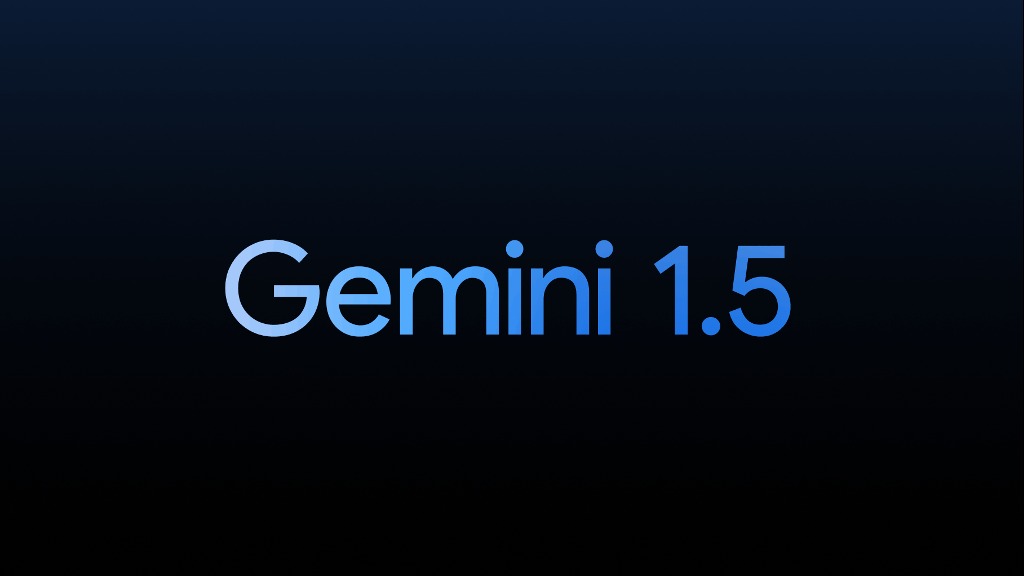
 AI12 months ago
AI12 months agoGoogle Pixel 9 Pro may come with a complimentary one-year Gemini Advanced subscription
-
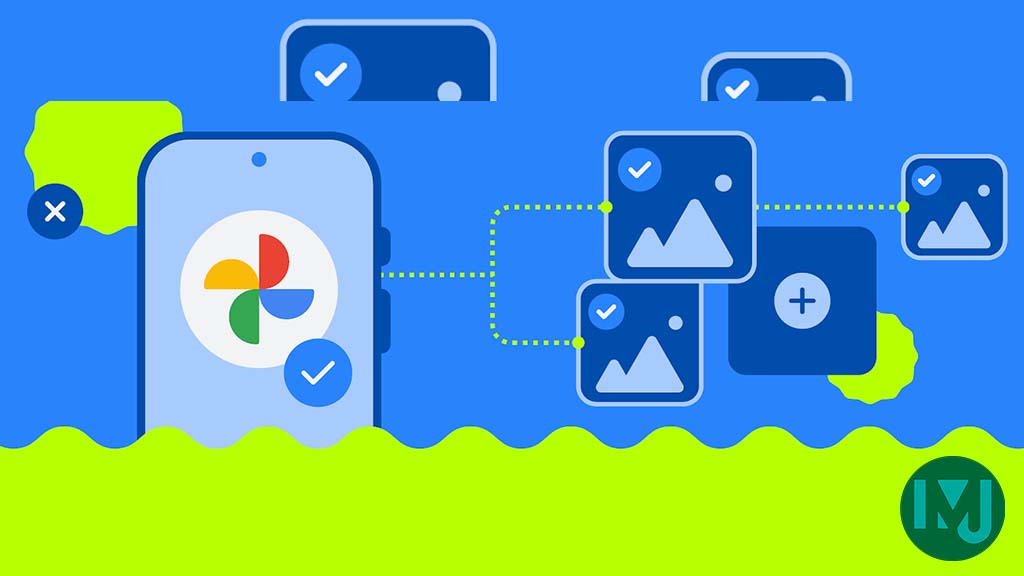
 Apps12 months ago
Apps12 months agoGoogle working on a new video editing feature for its Photo app
-
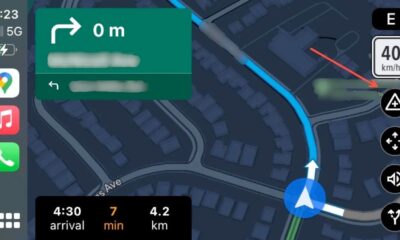
 Apps12 months ago
Apps12 months agoGoogle Maps lets you report traffic jams and accidents on Apple CarPlay, but not on Android Auto
-

 News1 year ago
News1 year agoBreaking: Samsung Galaxy S22 may get Galaxy AI features
-

 Apps1 year ago
Apps1 year agoGoogle Messages app will transform MMS chats into RCS

